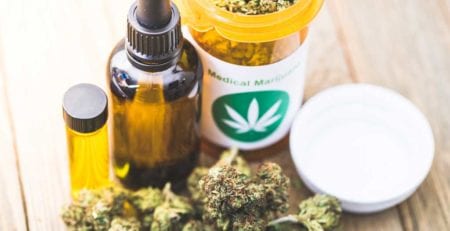10 Tips for Reading Food Labels: What to Look For
What you eat plays a major role in your overall health. That’s why being conscious about the food you buy is more important than ever. This is especially true considering the many chemicals, preservatives, and other additives that are used in the food we eat – from meat to vegetables, snacks, and more.
Knowing how to read a label is an essential tool to help guide you through the process of buying food. Food labels are complex, often so the consumer has trouble finding more of the problematic ingredients or statistics. By understanding what to look for in food labels you’ll be able to differentiate between whole foods, processed foods, and even foods mislabeled as healthy options.
There are multiple components and sections of a food label which can make it more difficult to understand. Here are some tips to help you read food labels and know exactly what to look for.
Finding the Label
Everything you need to know about the food will be included in a small box labeled “nutrition facts,” located somewhere on the packaging. This little box contains all of the required health information, from calories per serving to the percentages of your daily value of sodium.
Serving Sizes
When looking at a food label, one of the first things you’ll notice underneath “nutrition facts” are the serving sizes. Every product is required to list the recommended serving size as well as how many servings are actually in each package or container. It’s important to keep in mind that almost everything else on the label will be based on that one serving size (calories, grams of fat, etc).
Calories
Most people have a general understanding of calories. When looking at a label, the number of calories per serving will be listed at the top, under the serving size. Where a label can trick some people is that if you eat more than the recommended serving size, the calories are higher. Snack bags like chips or crackers often do this by displaying that they are a 100-calorie snack, even though the bag has 3 servings which would amount to 300 calories if you eat the whole bag.
Sugars
Many nutritionists suggest that the first thing you should do when reading a food label is examine the sugars. This is because sugar plays a large role in your overall health, diet, and well-being. Realistically, no food that is great for you is going to have more than 5 grams of sugar.
Study the Ingredients List
Processed ingredients in your food are often the cause of high amounts of sugar and fat. Even if a food brands itself as “organic” it still may have a variety of processed ingredients that are bad for you. For example, a product might say there’s no sugar in it but has high-fructose corn syrup listed in the ingredients. This is a syrup that is known to be cancer-causing but is still often used as a sugar replacement.
Percent Daily Value
On the right side of the label, you’ll find percentages listed next to the other serving information. These numbers tell you what percentage of your “daily value” of that nutrient is contained in each serving. Anything pushing 20%-30% is most likely not good for you, unless it’s a vitamin or nutrient that you don’t get a lot of.
Information That is Not Required on a Food Label
The tricky part about learning what to look for on a food label is that many people don’t actually know what information is required. Serving sizes, calories, total fat, trans fats, sugars, sodium, are all required to be listed on a food label. On the other hand, other aspects such as monounsaturated fat (Vitamin C), polyunsaturated fat (Vitamin A), and insoluble fiber (Vitamin K) no longer need to be provided.
The Different Kinds of Fats
Because labels are required to list the different kinds of fats in the product, it can be difficult to determine how they affect you. Total fat is the amount of fat in each serving, whereas trans fat and saturated fat are listed individually and make up the total fat. Trans fats are considered by nutritionists to be one of the worst fats for you, meaning you should stay away from food high in these.
Sodium
The majority of food is full of sodium and sugars, which buyers need to be aware of. While sodium isn’t necessarily bad for you, sodium from poor sources or too much of it can take a toll on your health. You’ll find how much sodium is in a product in the middle of the label under “total fats”. Your goal should be to stay under 1,-1,500 milligrams of sodium per day.
Protein
Realistically, any good snack or meal is going to have around 5 grams of protein or more. If you’re looking for something that will provide sustenance, you’ll want to purchase foods that are high in protein and low in trans fats and sugars.
Why Are Food Labels Important?
Ultimately, a food label should be your best friend when it comes to grocery shopping. With the number of chemicals, preservatives, and other additives in food nowadays, it’s crucial to know what you’re actually putting into your body.Here at Royal Label, we know just how important labeling is. That’s why we’ve been providing high-quality labeling services for over five decades. To learn more about our labeling and what we can do for you, contact our team.





